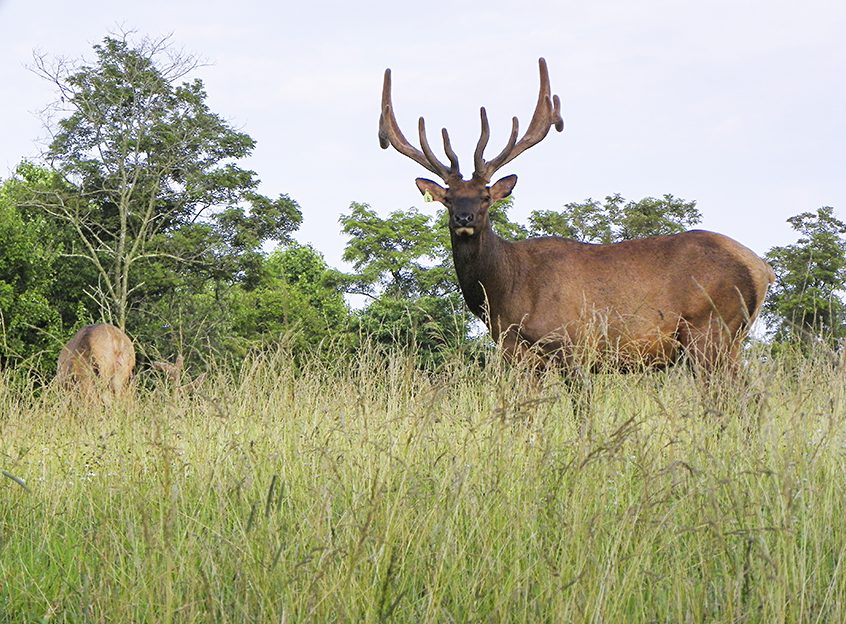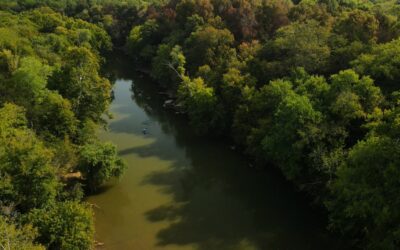Tennessee Wildlife Federation teamed up with the Tennessee Wildlife Resources Agency to release the first elk in December of 2000.
All of the 31 elk released in February 2003 are alive and well!
Since the Tennessee Wildlife Federation teamed with the Tennessee Wildlife Resources Agency to release the first elk in December of 2000, a total of 167 elk have been relocated to Tennessee from Elk Island National Park in Canada and Land Between the Lakes in Kentucky. Of that number, 36 elk have perished.
The majority of deaths occurred due to translocation myopathy (sometimes called transport myopathy). Captive myopathy results from a “high stress- level” experienced by animals that have been captured and transported. Elevated stress levels lead to a lower immune defense system, decreased appetite and subsequent illness. Most of the animals that die due to this phenomenon, do so in approximately three months after they are released.
The results of the releases have amazed biologists and wildlife officials from around the United States and Canada. No other state or province that is participating in a similar elk restoration program has had this level of success.
The 100% survival rate of the latest release is attributed to the following:
- Better handling and faster transport
- Younger elk transported
- Comparable conditions from Kentucky to Tennessee
- Familiar foods, similar terrain and milder climate
- Existing Tennessee elk attracted to release site act as “teachers” for the newly released elk showing them water and food sources
- Availability of clover, alfalfa fields, grain sorghum and beans planted by the WMA officials
- Feeding on native vegetation such as blackberries, maple shrubs, sumac, honeysuckle and grasses
- Mild winters and high food quality that increase fat resources, thus promoting fertility
December 19, 2000 was the date of the historic first elk release in Tennessee. It was the first elk to inhabit Tennessee in over 135 years. It was a blustery cold and snowy day at the Royal Blue Wildlife Management Area—a fitting backdrop for the release of 50 elk. Two months later, 29 more elk were released (February 2001) and 50 elk were released in February of 2002, for a total of 136 relocated elk. The 2003 release of 31 elk brought the number to 167.
First Wild Elk Births
The spring of 2001 marked the birth of the first wild elk calves in over a century. It is estimated that over 20 calves were birthed in 2001, with an extremely high survival rate.
Though few elk calves have been seen following the releases, officials are expecting the birth of approximately 40-60 calves this year due to previous success rates and elk tracks.
As of this winter, wildlife officials are expecting the elk herd to exceed 200!
Totals through Spring 2003:
- Released – 167
- Expired – 36
- Illegally killed – 4
- Calves predicted – 40-60
Approximate Tennessee elk herd numbers by Winter 2003: over 200
All elk discussed in this update were released on public land by the State of Tennessee and the Tennessee Wildlife Resource Agency (TWRA) in a partnership with the Tennessee Wildlife Federation, The Rocky Mountain Elk Foundation, and the Campbell County Outdoor Recreation Association. Several other local, county and state organizations and agencies also contributed. This is not to be confused with the Smoky Mountain release program, which is a nationally funded program held within the boundaries of the Smoky Mountain National Park.




